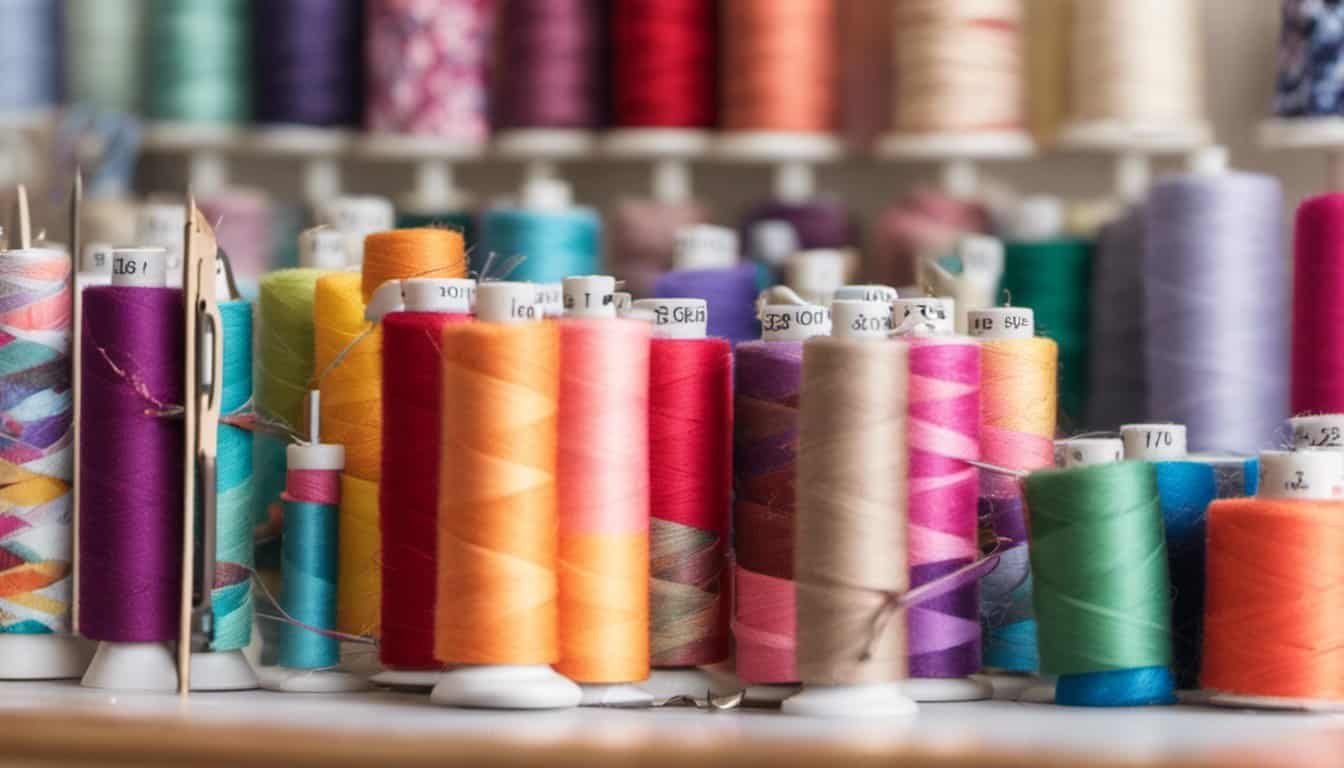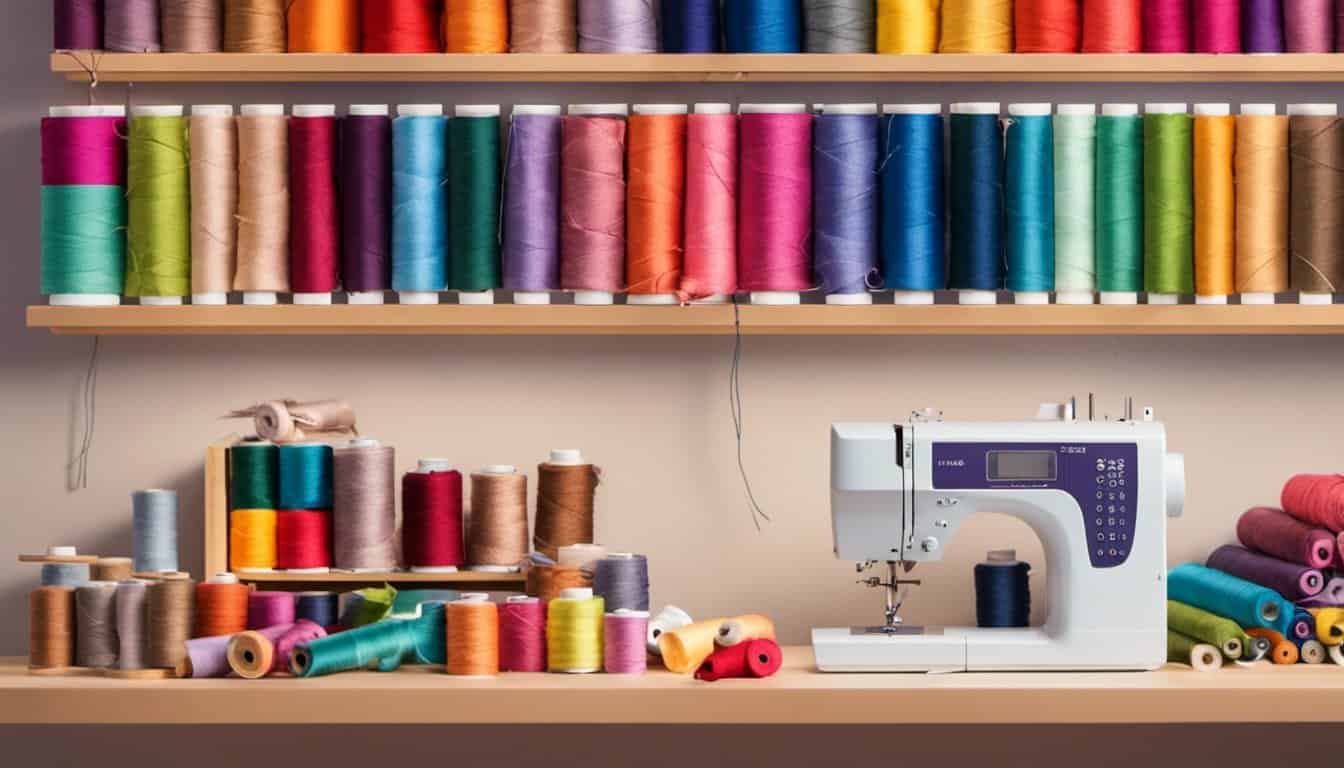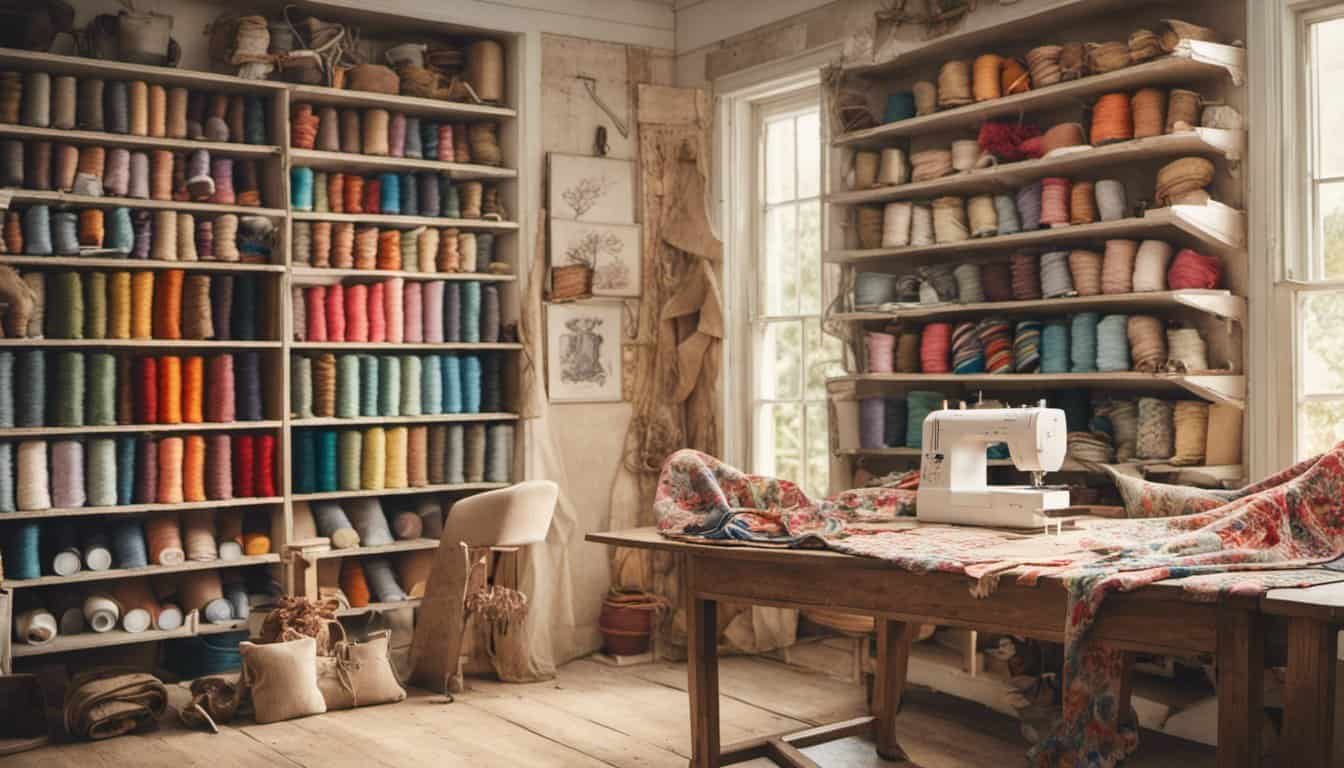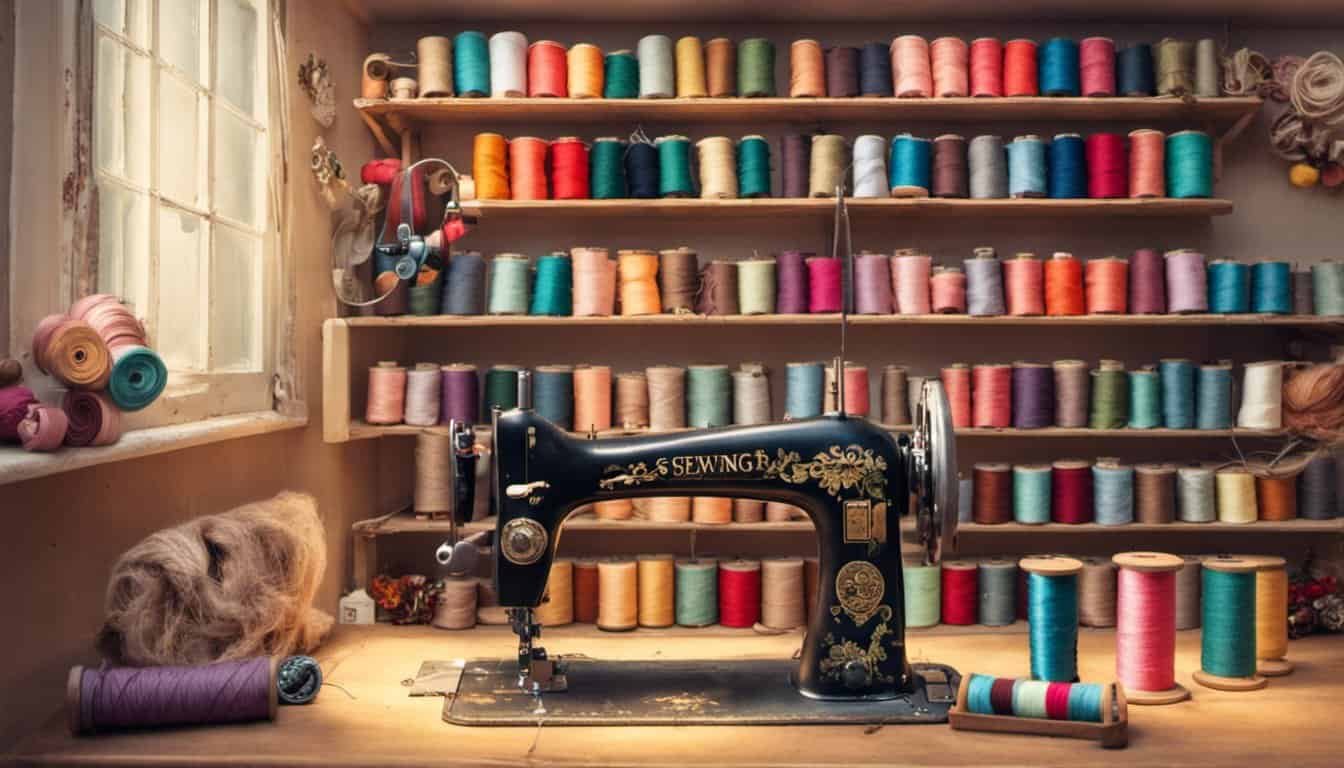Sewing blankets for charity is a wonderful way to share warmth and kindness with those in need. Whether you’re an experienced seamstress or just starting out, your effort can make a significant difference in someone’s life.
Imagine the comfort your handmade blanket can bring to a family during tough times. Not only will you be creating something beautiful, but you’ll also be part of a larger community effort to support others. Let’s dive into simple steps that will help you craft cozy blankets ready for donation.
Purpose of Sewing Blankets for Charity
Sewing blankets for charity provides essential warmth to individuals in need, ensuring they stay comfortable during cold seasons. Donated blankets assist homeless individuals, disaster survivors, and those experiencing financial hardships by offering a reliable source of insulation. Additionally, your efforts contribute to community welfare, reinforcing support networks and fostering a spirit of generosity.
- Essential Warmth: Each blanket delivers necessary heat, combating the challenges of cold environments.
- Comfort and Security: Blankets offer a sense of safety and coziness, enhancing the well-being of recipients.
- Support for Vulnerable Groups: Donations aid homeless shelters, disaster relief centers, and low-income families.
- Community Building: Sewing initiatives engage volunteers, strengthening communal ties and promoting altruism.
| Impact Area | Description |
|---|---|
| Homeless Assistance | Provides immediate relief to those without shelter. |
| Disaster Relief | Supports victims of natural and man-made disasters. |
| Low-Income Families | Assists households struggling to afford basic needs. |
| Mental Well-Being | Enhances emotional comfort through physical warmth. |
Choosing the Right Materials
Selecting the appropriate materials ensures your blankets are warm, durable, and suitable for donation. Here’s how to make the best choices:
Fabric Selection
Choose fabrics that offer warmth, durability, and ease of maintenance. Fleece is popular for its softness and insulating properties, making it ideal for cozy blankets. Acrylic yarn provides excellent warmth and is machine washable, perfect for maintaining hygiene in charitable donations. Opt for cotton blends for breathability and sturdiness, especially for blankets intended for varied climates. Ensure the fabric is durable enough to withstand frequent use and washing.
Thread and Accessories
Use strong, high-quality thread to enhance the blanket’s longevity. Polyester thread offers durability and colorfastness, resisting fraying and breaking during use. Select double-threading for added strength, especially in seams and edges. Incorporate essential accessories such as binding tape for finishing edges neatly and padding materials if adding extra warmth. Additionally, consider using reinforced needles to prevent breakage while sewing through thick fabrics. Keep a consistent color palette to maintain a uniform appearance, and stock up on necessary tools like fabric scissors and measuring tape to streamline the sewing process.
Essential Tools and Equipment
To sew blankets for charity donations, gather these essential tools and equipment:
- Sewing Machine: A reliable sewing machine handles bulk projects efficiently, ensuring consistent stitching and durability.
- Fabric Scissors: Sharp fabric scissors provide precise cutting, reducing fabric waste and enhancing the blanket’s finish.
- Measuring Tape: Accurate measuring tape ensures uniform dimensions, which is crucial for creating standard-sized blankets.
- Rotary Cutter: A rotary cutter speeds up the cutting process, allowing for clean and straight edges on multiple layers of fabric.
- Cutting Mat: A self-healing cutting mat protects surfaces and maintains the sharpness of rotary cutter blades.
- Pins and Pin Cushion: High-quality pins secure fabric layers together, while a pin cushion keeps them organized and accessible.
- Thread: Use strong, high-quality thread that matches your fabric choice to ensure the blankets withstand regular use and washing.
- Iron and Ironing Board: Pressing fabric and seams with an iron creates a professional look and helps maintain fabric integrity.
- Sewing Needles: Select appropriate sewing needles based on fabric type to prevent damage and ensure smooth stitching.
- Binding Tape: Binding tape reinforces edges, adding durability and a finished appearance to the blankets.
- Reinforced Needles: Reinforced needles provide extra strength for sewing thicker fabrics or multiple layers, enhancing the blanket’s longevity.
Having these tools ready allows you to create high-quality blankets efficiently, making your charity donations impactful and appreciated.
Basic Blanket Sewing Techniques
Mastering basic sewing techniques ensures your blankets are sturdy and comfortable. Follow these steps to create high-quality blankets for your charity donations.
Measuring and Cutting Fabric
Accurate measurements guarantee uniform blanket sizes. Start by deciding the blanket dimensions, such as 50×60 inches for an adult throw.
- Measure Fabric: Use a measuring tape to mark your desired size on the fabric. Ensure all pieces are equal.
- Cut Fabric: Utilize sharp fabric scissors or a rotary cutter with a cutting mat for clean edges.
- Add Seam Allowance: Include a ½-inch seam allowance around each edge to prevent fraying during sewing.
Consistent cutting enhances the blanket’s appearance and durability, making each donation valuable.
Sewing Edges and Finishing
Proper edge sewing and finishing add professionalism to your blankets. Follow these steps for a polished finish.
- Pin Edges: Align fabric edges and secure them with pins to keep pieces in place while sewing.
- Sew Seams: Use a straight stitch on your sewing machine, maintaining a consistent stitch length for strength.
- Bind Edges: Apply binding tape or fold the edges inward and sew to prevent fraying and give a neat appearance.
- Reinforce Corners: Double-stitch corners to ensure they withstand regular use and maintain the blanket’s shape.
- Press Seams: Use an iron to press seams flat, enhancing the blanket’s overall look and feel.
Executing these finishing techniques ensures your blankets are not only warm but also well-crafted and ready for donation.
Design Ideas and Patterns
Explore various blanket designs to enhance appeal and functionality for recipients. Choose patterns that balance warmth and aesthetics, ensuring blankets are both practical and visually pleasing.

Patchwork Blankets
Combine multiple fabric squares for a colorful, durable blanket. Select fabrics in complementary colors and patterns to create a cohesive look. Ensure each square measures 12×12 inches for uniformity.
Striped Blankets
Create stripes using two or three fabric colors. Alternate wide and narrow stripes for visual interest. Use a ruler and fabric marker to maintain consistent stripe widths.
Chevron Patterns
Sew zigzag lines for a dynamic chevron effect. Select three distinct colors to highlight the pattern. Measure and mark fabric to ensure precise zigzag placement.
Solid Color Blankets
Opt for single-color fabrics for simplicity and elegance. Choose warm tones like red, blue, or green to provide comfort and style. Combine different textures within the same color palette for added depth.
Geometric Designs
Incorporate shapes such as triangles, squares, and hexagons into the blanket design. Use contrasting colors to emphasize geometric patterns. Plan layout on graph paper before cutting fabric pieces.
Embroidered Accents
« What to Do When Thread Bunching Occurs: 10 Expert Tips to Save Your Sewing Project
Discover How to Sew Recycled Fabrics for Eco Projects: 7 Secrets Every Crafter Must Know »
Add embroidered details to personalize blankets. Use simple stitching techniques to outline patterns or motifs. Limit embroidery to edges or corners to maintain blanket integrity.
Quilted Patterns
Layer fabric with batting for extra warmth and structure. Sew quilting lines in straight, diagonal, or freeform patterns. Distribute quilting evenly to prevent fabric bunching.
Seasonal Themes
Design blankets reflecting seasons or holidays. Use motifs like snowflakes for winter or flowers for spring. Select appropriate color schemes to match seasonal themes.
Reversible Designs
Create blankets with different patterns on each side. Sew reversible seams to allow dual functionality. Choose complementary fabrics that enhance versatility.
Minimalist Styles
Focus on clean lines and simple patterns for a modern look. Use monochromatic color schemes or subtle textures. Ensure minimalistic designs maintain blanket warmth and comfort.

Implementing these design ideas ensures your charity blankets are both functional and appealing, increasing their impact and desirability among recipients.
Organizing a Blanket Sewing Group
Creating a successful blanket sewing group requires careful planning and organization. Follow these steps to ensure your group operates smoothly and effectively.
Recruiting Volunteers
Start by identifying individuals interested in sewing and community service. Use social media platforms, local community boards, and word-of-mouth to reach potential volunteers. Clearly communicate the group’s mission, goals, and the impact of their contributions. Organize informational meetings to attract committed participants and ensure they understand their roles and responsibilities. Aim to recruit at least 10 dedicated members to maintain consistent production and quality.
Setting Up a Workflow
Establish a structured workflow to maximize efficiency and output. Divide tasks into specific roles such as cutting fabric, sewing panels, assembling blankets, and quality control. Create a production schedule that outlines daily or weekly targets, ensuring each step is completed on time. Utilize tools like spreadsheets or project management software to track progress and manage deadlines. Provide clear instructions and training for each task to maintain consistency and high standards. Regularly review and adjust the workflow to address any bottlenecks or challenges, ensuring the group remains productive and motivated.
Quality Control and Packaging
Ensuring each blanket meets high standards guarantees that your donations provide maximum comfort and durability to recipients. Implement the following quality control measures to maintain consistency and reliability in your finished products.

Quality Control Steps
- Inspect Fabrics and Materials
Verify that all fabrics are free from defects such as tears, stains, or inconsistencies before starting the sewing process.
- Check Seam Integrity
Examine all seams for uniformity and strength. Reinforce any weak or uneven stitching to prevent fraying or unraveling.
- Verify Measurements
Measure each blanket to ensure it meets the specified dimensions. Consistent sizing enhances the blankets’ functionality and ease of distribution.
- Assess Finishing Details
Inspect edges, bindings, and any decorative elements to confirm they are securely attached and free from loose threads or imperfections.
Packaging Guidelines
Proper packaging protects the blankets during transportation and storage, maintaining their quality until they reach those in need.

- Fold Uniformly
Fold each blanket neatly into compact, standardized sizes to maximize space efficiency and simplify handling.
- Choose Suitable Packaging Materials
Use durable materials such as polybags, cardboard boxes, or reusable fabric bags to safeguard the blankets from moisture, dust, and damage.
- Label Clearly
Attach labels indicating the blanket size, design, and any special instructions. Clear labeling facilitates organized distribution and ensures blankets meet specific recipient needs.
- Organize for Storage
Arrange packaged blankets in a clean, dry storage area. Stack boxes securely to prevent crushing or deformation of the blankets.
By implementing these quality control and packaging practices, you enhance the value and impact of your charity donations, ensuring that each blanket provides warmth and comfort to those who receive them.

Donating Your Finished Blankets
Choose reputable charities that accept blanket donations. Research organizations such as The Salvation Army, local homeless shelters, disaster relief groups, and hospitals. Verify their current needs and donation guidelines to ensure your blankets align with their requirements.
Contact the selected charities to confirm donation procedures. Inquire about preferred delivery methods, packaging standards, and any necessary documentation. Establish clear communication to facilitate a smooth donation process.
Arrange for pickup or drop-off based on the charity’s preferences. Coordinate schedules to accommodate your availability and the organization’s logistics. Utilize reliable transportation to maintain the integrity of your blankets during transit.
Ensure your donations meet the organization’s quality standards. Inspect each blanket for defects, clean thoroughly, and package neatly. Adhere to any specific packaging instructions provided by the charity to streamline distribution.
Track your donations for records and future reference. Document the number of blankets donated, delivery dates, and recipient organizations. Maintaining accurate records supports transparency and helps evaluate the impact of your contributions.

Here is a table of some reputable charities that accept blanket donations:
| Charity Name | Contact Information | Donation Guidelines |
|---|---|---|
| The Salvation Army | www.salvationarmyusa.org | New or gently used blankets only |
| Goodwill | www.goodwill.org | Clean, unaltered blankets |
| ShelterBox | www.shelterbox.org | Durable materials for disaster zones |
| Local Homeless Shelters | Varies by location | Check specific requirements |
| Hospitals | Contact local hospitals directly | Sanitary, clean blankets preferred |
Follow the charity’s instructions to maximize the impact of your donations. By adhering to their guidelines and maintaining open communication, your finished blankets will provide warmth and comfort to those in need effectively.
Conclusion
Sewing blankets for charity is a wonderful way to make a real difference in someone’s life. Your creativity and time bring warmth and comfort to those who need it most.
Every stitch you make helps build a stronger kinder community. Keep up the great work and feel proud knowing your efforts are truly appreciated.
Whether you’re sewing solo or with a group your contributions shine brightly. Together we can continue spreading generosity and making the world a little cozier one blanket at a time.


















